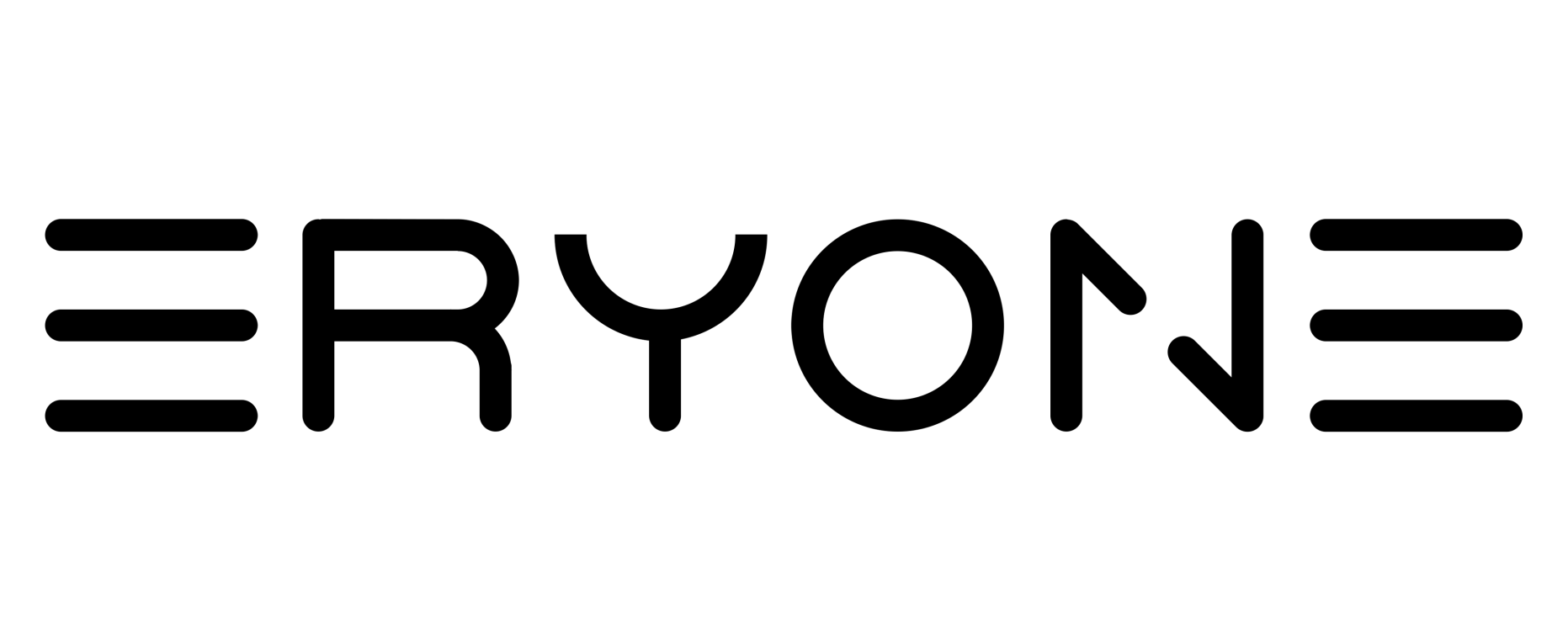




ASA Light-Weight Filament - 1.75mm±0.03mm (750g)
Product specifications
| Printing Speed | |
|---|---|
| Nozzle temperature | |
| Build plate temperature |









Light Weight ASA
Part I:Suggests Printing Parameters
| Parameter | Set up |
| Nozzle temperature | 200-280 ℃ |
| Bed temperature | 80-100℃ |
| Bed materia | glass, PEI, spring steel plate |
| Bottom printing temperature | 220-280 ℃ |
| Sealed printing | Supports open printing; better results with enclosure. |
| Printing speed | 30-100mm/s |
| Drying conditions | 80-90℃, 10h |
Part II: Physical Properties of Materials
| Property | Testing Method | Unit | Typical Value |
| Density(g/cm³ at 21.5 ° C) | ASTM D792 (ISO 1183, GB/T 1033) | g/cm³ | 0.99 |
| Vicat Softening Temperature(° C) | ASTM D1525 (ISO 306 GB/T 1633) | ℃ | 75 |
| Heat distortion temperature(° C) | ASTM D648 1.8MPa 0.45MPa | ℃ | 72 |
| Glass transition temperature (° C) | DSC, 10 ° C/min | ℃ | 64 |
| Melt Index(g/10 min) | 220 ° C, 10kg 240 ° C, 2.16 kg | g/10min | 36 |
Part III: Mechanical Properties of Printed Samples
| Property | Test conditions | Test standards | unit | Typical Value |
| Tensile strength X-Y | 50mm/min | GB/T 1040.4 | MPa | 16.1 |
| Elastic modulus X-Y | 50mm/min | GB/T 1040.1-2006 | MPa | 972.4 |
| Elongation at break X-Y | 50mm/min | GB/T 1040.4 | MPa | 8.1 |
| Tensile strength X-Z | 50mm/min | GB/T 1843 | MPa | 8.3 |
| Elastic modulus X-Z | 50mm/min | GB/T 1040.1-2006 | MPa | 758.3 |
| Elongation at break X-Z | 50mm/min | GB/T 1040.4 | % | 7.5 |
| Bending strength | 2mm/min | GB/T 9341 | MPa | 27.5 |
| Bending modulus | 2mm/min | GB/T 9341 | MPa | 1389.6 |
| Charpy Impact strenght | 2.75J | GB/T 1843 | kJ/m2 | 4.1 |
Note: All splines are printed under the following conditions: printing temperature=250 ° C, printing speed=80mm/s, base plate 60° C, filling=100%, nozzle diameter=0.4mm

High quality
Low density, light weight, strong adhesion, excellent matte surface and other characteristics, very suitable for other important fields such as model airplanes, ship models, to meet more printing scenarios.

Smooth Printing
Low shrinkage of printing molding, delicate surface, strong adhesion between layers, smooth printing, no warping edge cracking and other problems.

Special Technology
ERYONE Filament adopts a special modification method and adopts nano foaming technology, which greatly improves the foaming rate of PLA material without affecting the printing effect of PLA material, and the foaming rate can reach more than 200%.

Vacuum packing
Neat arrangement, high quality, vacuum packing, moisture-proof
FAQs
What makes Eryone ASA lightweight filament suitable for outdoor use?
It has excellent water resistance and UV protection, preventing brittleness/degradation, ensuring long-term stability outdoors.
How does it compare to PLA in terms of heat resistance?
With a heat deflection temp of ~80°C, it maintains structural stability at higher temps, surpassing PLA lightweight materials.
What’s special about its production technology?
It uses nano foaming technology via a special modification method, achieving over 200% foaming rate without compromising print quality.
How is the filament packaged?
It comes in vacuum packing, which is moisture-proof, with neat arrangement to ensure quality.













































































































